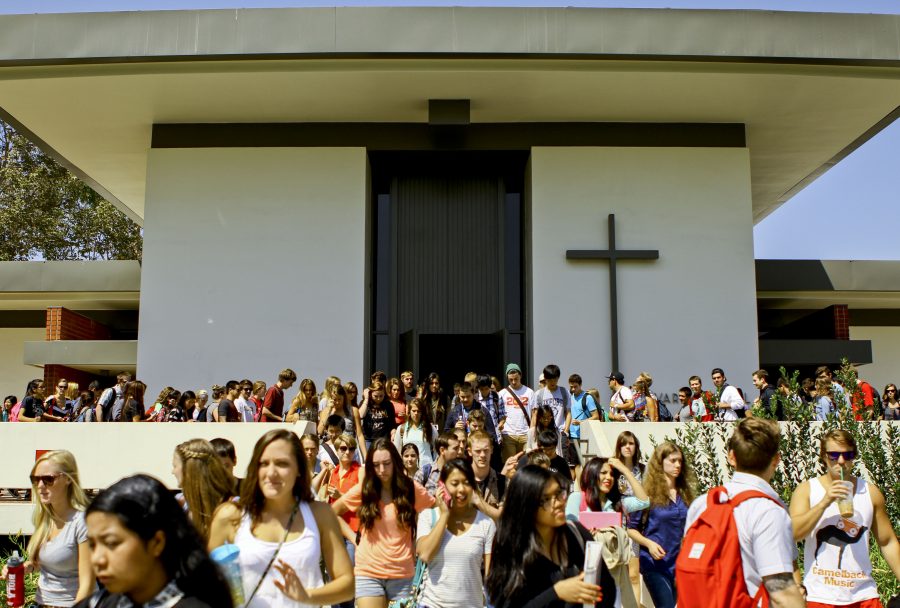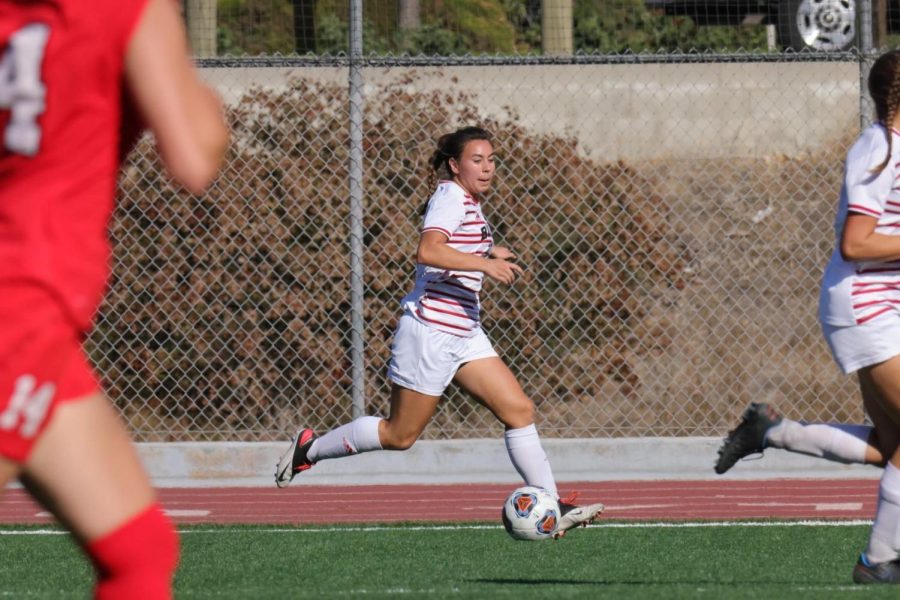It was my great pleasure and honor to witness my first Student Congress on Racial Reconciliation conference at Biola last weekend. Though I am in my third year of M.Div. studies at Talbot, I had not heard about SCORR until I began writing diversity articles for The Chimes in the fall of last year and began scanning the school website for the diversity issues I was writing about at the time.
I was pleasantly surprised to see that Biola was hosting its fifteenth annual SCORR conference, and I decided to make a point to attend and see what was happening.
Variety of workshops offered
The conference began on Friday, Feb. 25, in Chase Gymnasium, which featured speaker and Biola alum Bryan Loritts. Throughout the day, there were workshops held in the business building on various interesting and thought-provoking seminars like “Building Bridges: Bringing the Global and Local Diversity Discussion Together,” and “Facilitating Difficult Dialogues: Identifying Micro-aggressions and Attending to Group Process,” and “I’m not a Racist, So Why Are You Blaming Me?”
Due to other obligations, I was disappointed that I didn’t get to take part in any of the workshops on the first day. I’m sure there was some engaging and challenging discussions.
Film showcased student concerns
On Saturday, Feb. 26, I attended the film presentation, “In Search of Shalom: White People in Reconciliation,” facilitated by Matthew Hooper, a Biola alum who is currently the associate dean of students.
The short film, produced by our own Glen Kinoshita, the founder and director of SCORR, showcased many people from the Biola community speaking frankly about their concerns regarding race. There were many things said in the video that had significance to me that I’d like to share.
At one point in the film, two young women said something that I feel is a key to part of the problem hindering racial reconciliation. One young lady said, “I began to feel a sense of guilt and shame for being associated with that [white] group … and I think [I’m] just very afraid to say something whenever I would talk with people of color about their experience or I would listen to their experience, afraid to know how to respond…”
Another young lady in the film said, “I’m afraid to be marginalized as a white person because I’m afraid to own my ethnicity’s background. I’m afraid to own what my people did in the past. I feel like I need to, but I’m afraid to do that. I’m afraid of rejection once I jump into this process and I start to make friends with people of color. I’m afraid of being rejected because of who I am, because of my skin. I’m afraid of conflict, because I feel like in conflict with people of color I might be seen as a racist.”
Working toward reconciliation
These two statements were very significant to me because they shed light on part of the problem that hinders racial reconciliation and unity — fear, a crippling fear that apparently keeps us from understanding each other and getting to know each other as the one, unified body of Christ built from many nationalities.
Part of winning the battle for racial reconciliation is gaining accurate knowledge about each other. Knowing that fear is part of the problem helps us to fight it with the power, love and soundness of mind that Paul instructed Timothy about in 2 Timothy 1:7.
Segregation felt within the church
Another very important point made in the video was when a man revealed a blindness we have to a form of racial segregation within church structure by saying, “It is so easy for us white people to say, ‘Let’s be multi-ethnic. Everybody come to my white church.’ What have I just said? Be white like me.”
He also went on to say that many times churches have a superficial multi-ethnic face but the leadership and decision-making remains ostensibly white and unchanged. This is something that needed to be said and heard and helps lead the way to real progress for greater healing and reconciliation within the body of Christ.
Importance of diversity
Finally, the second most powerful comment from the video highlighting the importance of having diversity within the kingdom of God came from a young lady who said, “Recently this summer I spent time in an African-American neighborhood and went to an African-American church. … I was also recognizing that the sermon topics are different and the worship style is different. And not only is it different but it had good things that were missing in my church growing up, aspects of the kingdom of God, things in the Bible, ways of looking at Scripture, that I had never looked at in the same way.”
Cultures united through music
I also attended the Worship Mosaic and keynote address by Loritts on Friday evening, the Saturday afternoon keynote address by Edgerly in Calvary Chapel and the Taiko Drum Fest in Sutherland Auditorium. While both keynote addresses were inspiring, humorous and biblically sound, for me, the most beautiful showcase of the kingdom of God in action was the Worship Mosaic.
The Mosaic featured a beautiful Asian hula dance by Malia Flores-Lacangan and Katie Yoshida, an energetic gospel dance by the Zoe Christian Fellowship’s Expressions dance team and a fun-filled lesson in African worship, song, and dance facilitated by another Biola alum, Linda Kazibwe-James.
The climax of the Saturday evening session was the Taiko Drum Fest, which featured the groups Yoki Daiko, which means joyous drumming, and Kishin Daiko. Both groups capped off an exciting and inspirational evening with powerful drum beats and rhythmic sounds so strong that the vibrations shook loose one of the light fixtures in Sutherland.
My hope and prayer is that this incredible SCORR event can shake loose any racism, bigotry or animosity that may exist within any of us, so that we can truly represent the multi-ethnic kingdom of God in our hearts, as well as on earth until Christ returns.







